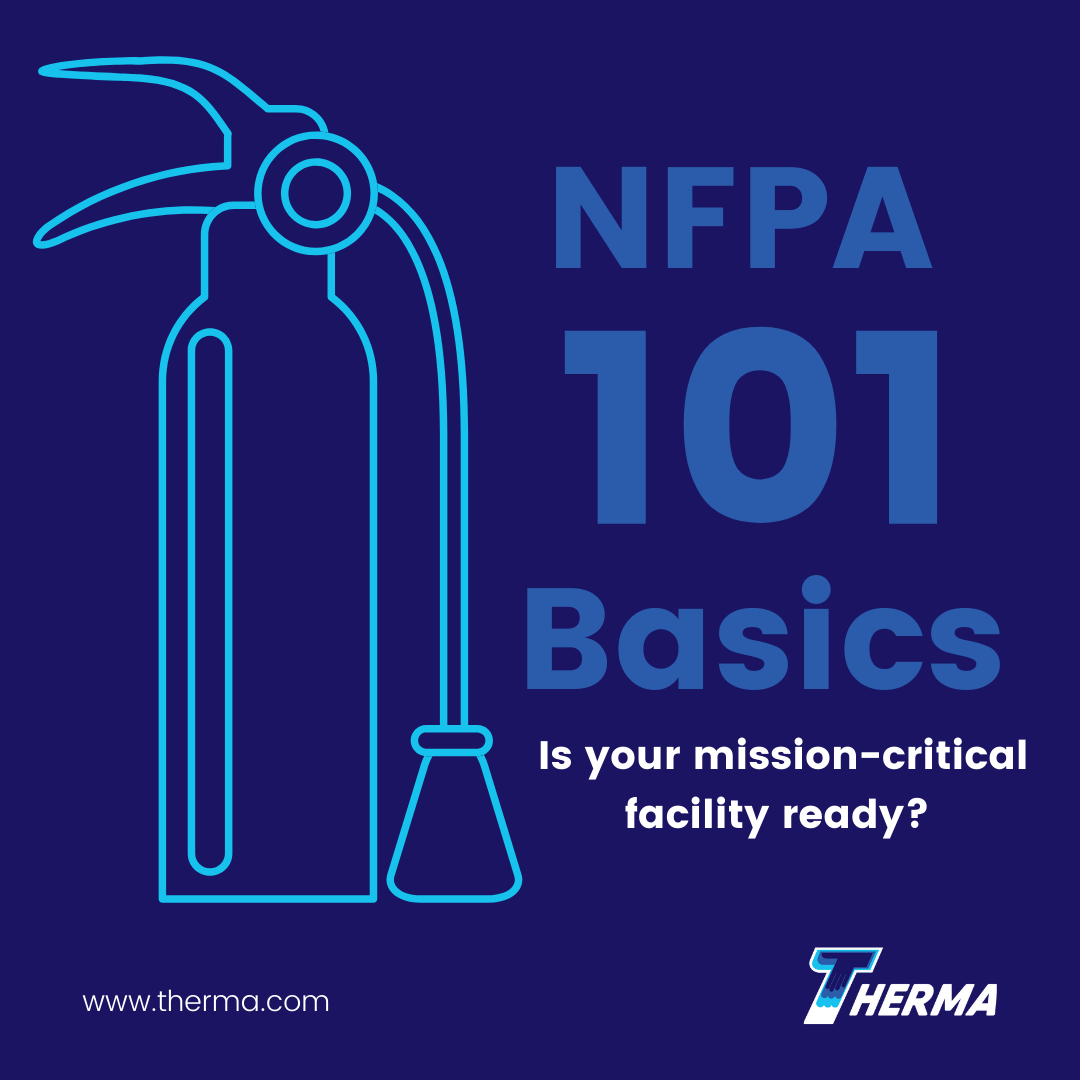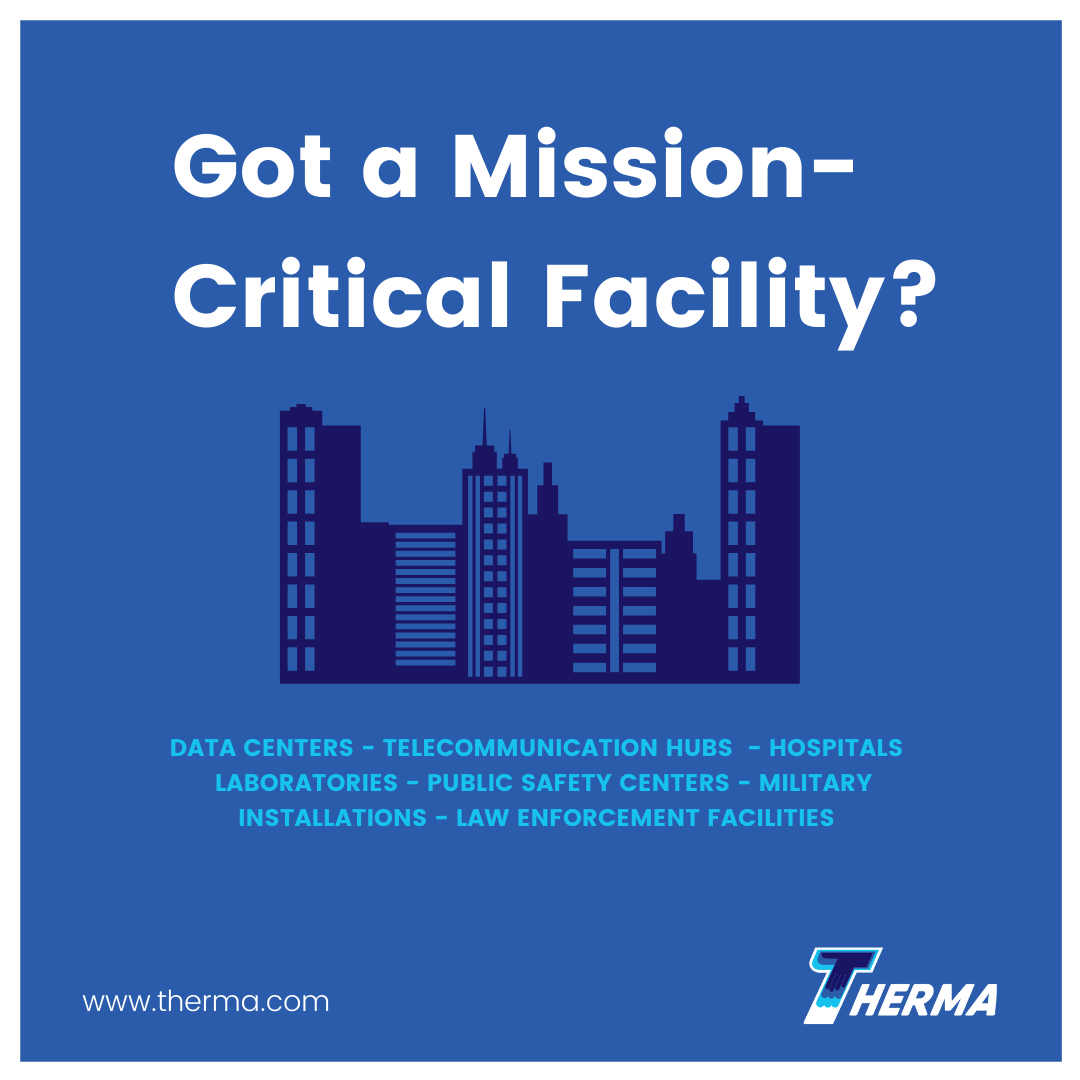NFPA 101 has long-reaching roots dating back to the 1940s when several devastating, catastrophic fires claimed the lives of hundreds of people. These tragic events focused national attention on the inadequacies of life safety features in buildings. In four of the worst fires, a lack of life safety feature considerations in building construction (particularly exit facilities) was determined to have been a significant factor in the magnitude of deaths.
- The Cocoanut Grove Nightclub Fire in Boston, Massachusetts, on November 19, 1942, took 492 lives
- The LaSalle Hotel Fire in Chicago, Illinois, on June 5, 1946, took 61 lives
- The Winecoff Hotel Fire in Atlanta, Georgia, on December 7, 1946, took 119 lives
- The Canfield Hotel Fire in Dubuque, Iowa, on June 9, 1946, took 19 lives
The deaths of these nearly 700 people, plus hundreds more in smaller fires over the four-year span from 1942 to 1946, prompted the development of the Life Safety Code, published by the National Fire Protection Association (NFPA) as NFPA 101.
NFPA 101 Basics
NFPA 101 is currently used nationwide in every U.S. state, and its guidelines have been adopted statewide within 43 states. When the Life Safety Code, National Electric Code (NFPA 70), International Fire Code, and International Building Code are used correctly in conjunction with one another, the risk of deaths by fire can be significantly mitigated.
The current (2018) version of this standard addresses minimums in the areas of operation, construction and building design, along with maintenance guidelines necessary to limit the danger to life brought on by fire, smoke, heat and toxic fumes.
Priority #1: Egress
Possibly the most important part of the NFPA 101 is the section dealing with egress. The Cocoanut Grove Nightclub Fire was reputedly started when someone lit a match while changing a lightbulb. Within 30 minutes, responders were able to extinguish the fire, but since the Cocoanut Grove had only one entrance and the other six doors to exit the building were locked (to prevent patrons from skipping out on tabs), it became the deadliest nightclub fire in U.S. history.
If multiple points of egress had been open, it is highly unlikely that nearly 500 people would have perished. Parts of the NFPA 101 dealing with occupancy limits, exits and door-locking procedures arise directly from the aftermath of this single event.
Mission-Critical Facilities
In the United States, there is no uniform definition of a mission-critical facility. Instead, the rather broad description of mission-critical facilities includes buildings that, if compromised, could lead to loss of revenue, jeopardy of legal conformity or loss of life. Buildings can include but are not limited to:
- Data centers and telecommunications hubs
- Hospitals and laboratories
- Public safety centers
- Military installations and law enforcement facilities
These are just a few of the many types of buildings that could be considered mission-critical. There are multiple formal codes and standards, including hospital administrative codes, and a presidential directive intended to prevent failure of critical infrastructure.
Building Maintenance, Core Processes and Safety
Individually, mission-critical buildings must maintain continuous operation of the facility, with priority given to redundant power and cooling systems as well as life safety and fire mitigation protocols. Systems that support life safety and guard against hazards may be exempt from requirements that apply to noncritical power and cooling systems.
NFPA 101 lays out (mostly with references to other applicable codes), protective features and systems, building services, operating characteristics, maintenance activities and other provisions for additional safeguards to effectively and competently meet requirements for the protection of building occupants from death by fire.
Non-Fire Emergencies
The Life Safety Code can also be used for non-fire emergencies, including:
- Means of egress during bomb threats
- Hazardous materials emergencies
- Injuries from falls or building collapse
- Emergency communications
Therma provides assistance before, during and after construction, using intelligent building protocols to create compliant structures that are both safe and self-monitoring.









